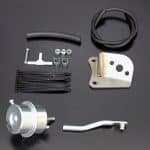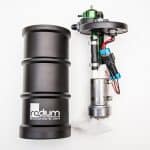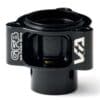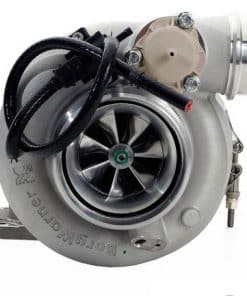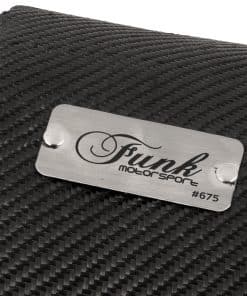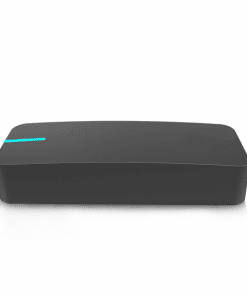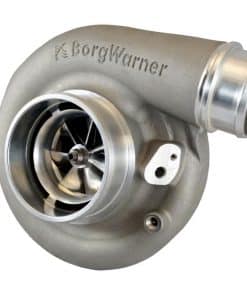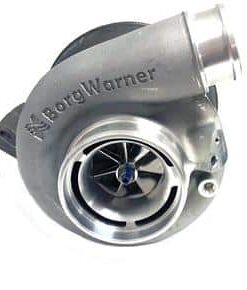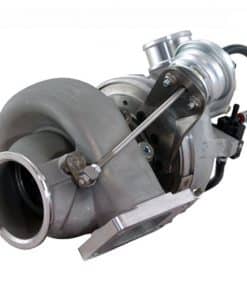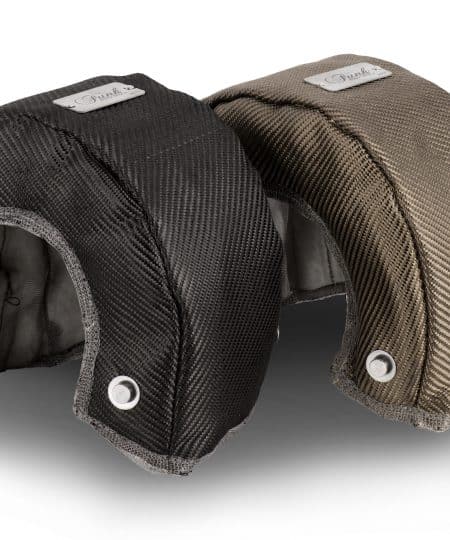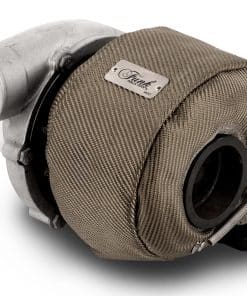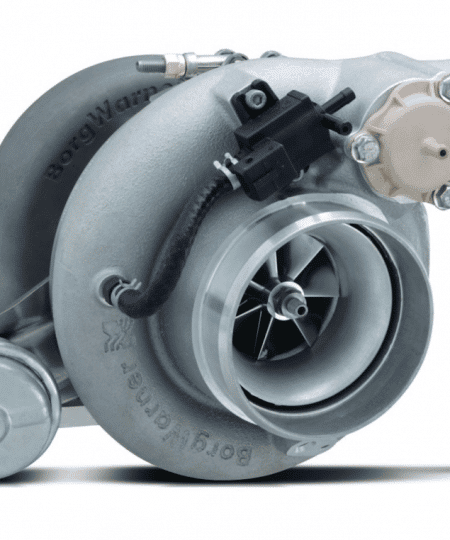GFB -T9430 VTA for late-model Audi,VW, Skoda, and SEAT 1.2 and 1.4TSI models
£162.86 ex VAT - £195.43 inc VAT
GFB -T9430 VTA for late-model Audi,VW, Skoda, and SEAT 1.2 and 1.4TSI models – Are meticulously engineered with high-performance materials, including advanced alloys and precision-machined components.
Available on back-order
GFB -T9430 VTA for late-model Audi,VW, Skoda, and SEAT 1.2 and 1.4TSI models
/n The latest addition to the VTA range is a blow-off valve designed specifically for late-model Audi, VW, Skoda, and SEAT 1.2 and 1.4TSI models.
These engines come from the factory with no diverter valve of any kind, which results in turbo compressor surge every time the throttle is closed after boosting. The intake is acoustically tuned to suppress the fluttering sound of compressor surge, but it does not eliminate the effect of pressure pulses ? that is what diverter and blow-off valves were originally designed to do.
The GFB VTA re-introduces a blow-off valve into the 1.2/1.4 TSI system, which eliminates compressor surge to protect the turbo, and delivers the signature blow-off ?whoosh? when lifting off the throttle.
Because these engines do not run a MAF sensor, there is no chance of adverse drivability or fuelling issues.
The VTA clips directly into the turbo?s charge piping, replacing a short plastic joiner with a billet CNC machined section onto which the VTA mounts. The kit also includes a boost tee and vacuum hose that clips onto one of the manifold vacuum ports to source a vacuum signal for the VTA valve. This boost tee has a second port that can be used to connect a boost gauge (not included), or plugged off if not required. The whole kit can be fitted in minutes with no tools.
VTA or DV+?
Depends if you want sound or not. Both valves are constructed with the same quality materials and valve mechanism, and both offer the same performance and reliability benefits. However, the VTA vents to atmosphere for sound whilst the DV+ recirculates the air to keep it quiet.
Why choose a VTA over a ?BOV spacer??
?BOV spacers? are cheap and they make sound. But that?s it. All the inherent performance and reliability issues you get with the factory diverter valve remain, because a spacer doesn?t change the diverter valve in any way. The VTA improves the operation of the diverter valve for sound AND performance.
Why choose a VTA over a kit that includes a solenoid?
Because there?s no performance benefit to replacing the factory solenoid, only a much higher price! If a VTA with the factory solenoid can open in a couple of hundredths of a second, why pay more than you need to?
Why Choose This Valve?
VTA blow-off valves are constructed with the same materials and valve mechanism as the DV+, and they offer the exact same performance and boost holding. However, venting to atmosphere gives it the signature blow-off sound, whilst the DV+ keeps things quiet.
Competitors’ products for the same vehicles that make sound (i.e. BOV “Spacers”) typically retain the performance deficiencies of the factory diverter valve, delete the ECU control, or require frequent maintenance and rebuilds. The VTA on the other hand is the complete package – performance, fit, reliability, and sound!
Like the DV+, GFB?s VTA range of BOVs utilise GFB?s proven TMS Technology to ensure rapid boost recovery on gearshift and optimum throttle response, as well as superior boost holding. However, where the DV+ and the VTA range differ is what they do with the vented air. VTA BOVs vent to atmosphere to make the signature turbo blow-off sound, where the DV+ recirculates the air to keep it quiet.
Each valve in the VTA range is designed specifically for the applications we list them for, ensuring the best fit and performance. Most of the VTA range are designed for use on cars with solenoid type factory diverter valves, and in those cases the VTA kit will retain the solenoid and ECU control. Like the DV+ though, it replaces the weak factory valve internals to ensure strength and reliability, especially in high boost applications.
Other versions of the VTA are designed for use on cars that do not have any kind of factory fitted diverter valve. Vehicle manufacturers have deleted the troublesome solenoid type diverter valve from some of the newer models, but this leads to turbo compressor surge which can be taxing on the turbo in the long run. The VTA valves for these cars are designed to re-introduce the function of a diverter/blow-off valve to help protect the turbo in the long term and provide a blow-off sound. /n
Contact Us for further Information by filling out this FORM
Be sure to follow our Instagram page for new offers and the latest products @Partspluguk

